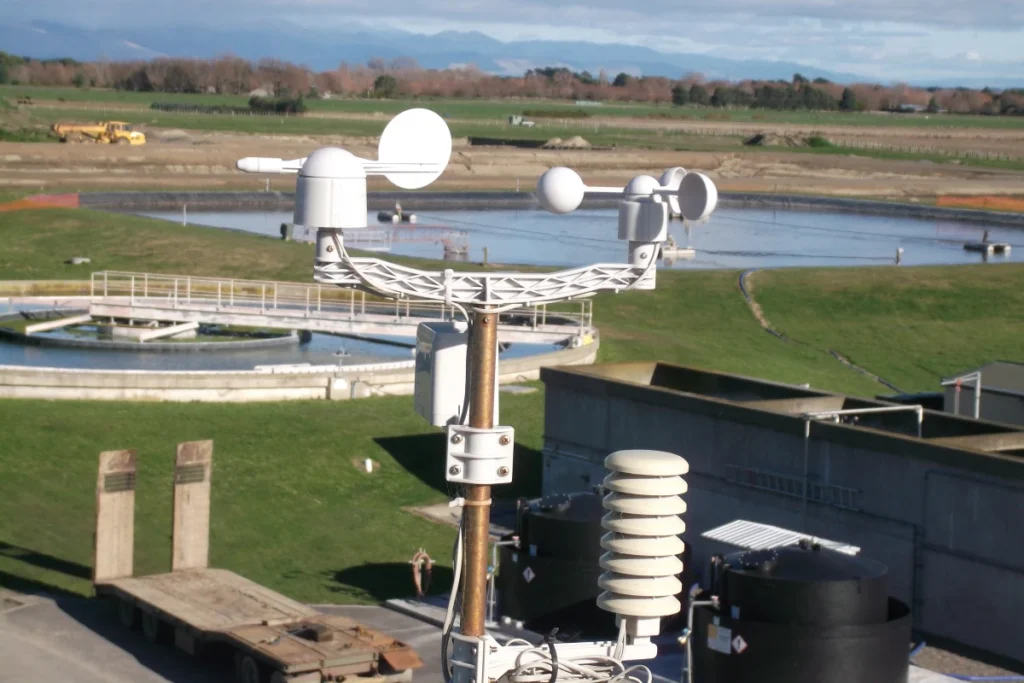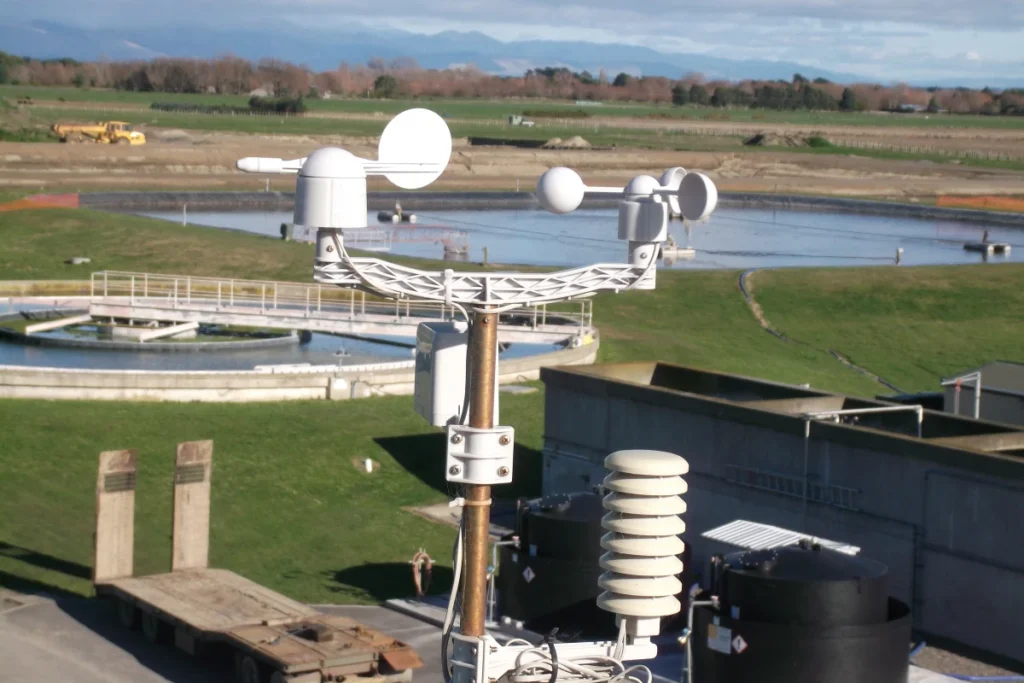
# Definition of Anemometer in Meteorology
## What is an Anemometer?
An anemometer is a meteorological instrument used to measure the speed of wind. It is an essential tool for weather forecasting, aviation, and various environmental studies. The term “anemometer” is derived from the Greek word “anemos,” meaning wind, and “metron,” meaning measure.
## Types of Anemometers
There are several types of anemometers, each designed for specific applications:
– Cup Anemometer: This is the most common type, featuring three or four cups mounted on horizontal arms. The cups catch the wind, causing the arms to rotate. The speed of rotation is proportional to the wind speed.
– Vane Anemometer: Also known as a windmill anemometer, this type uses a propeller mounted on a wind vane to measure wind speed and direction simultaneously.
– Hot-Wire Anemometer: This type uses a heated wire to measure wind speed. The cooling effect of the wind on the wire is used to determine the wind speed.
– Ultrasonic Anemometer: This advanced type uses ultrasonic sound waves to measure wind speed and direction. It is highly accurate and is often used in research and high-precision applications.
## Applications of Anemometers
Anemometers are used in various fields, including:
– Weather Forecasting: Accurate wind speed measurements are crucial for predicting weather patterns and issuing warnings.
– Aviation: Pilots rely on anemometers to ensure safe takeoffs and landings.
– Environmental Studies: Researchers use anemometers to study wind patterns and their impact on ecosystems.
– Renewable Energy: Wind turbines use anemometers to optimize their performance by adjusting to wind conditions.
## Conclusion
An anemometer is a vital instrument in meteorology, providing essential data on wind speed and direction. With various types available, anemometers are used in a wide range of applications, from weather forecasting to renewable energy. Understanding how anemometers work and their importance can help us better appreciate the role they play in our daily lives and the environment.
Keyword: define anemometer

